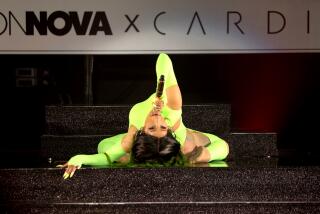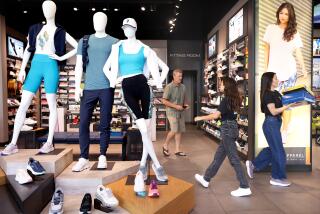Why Kim Kardashian’s Skims is making a splash with investors and the shapewear market
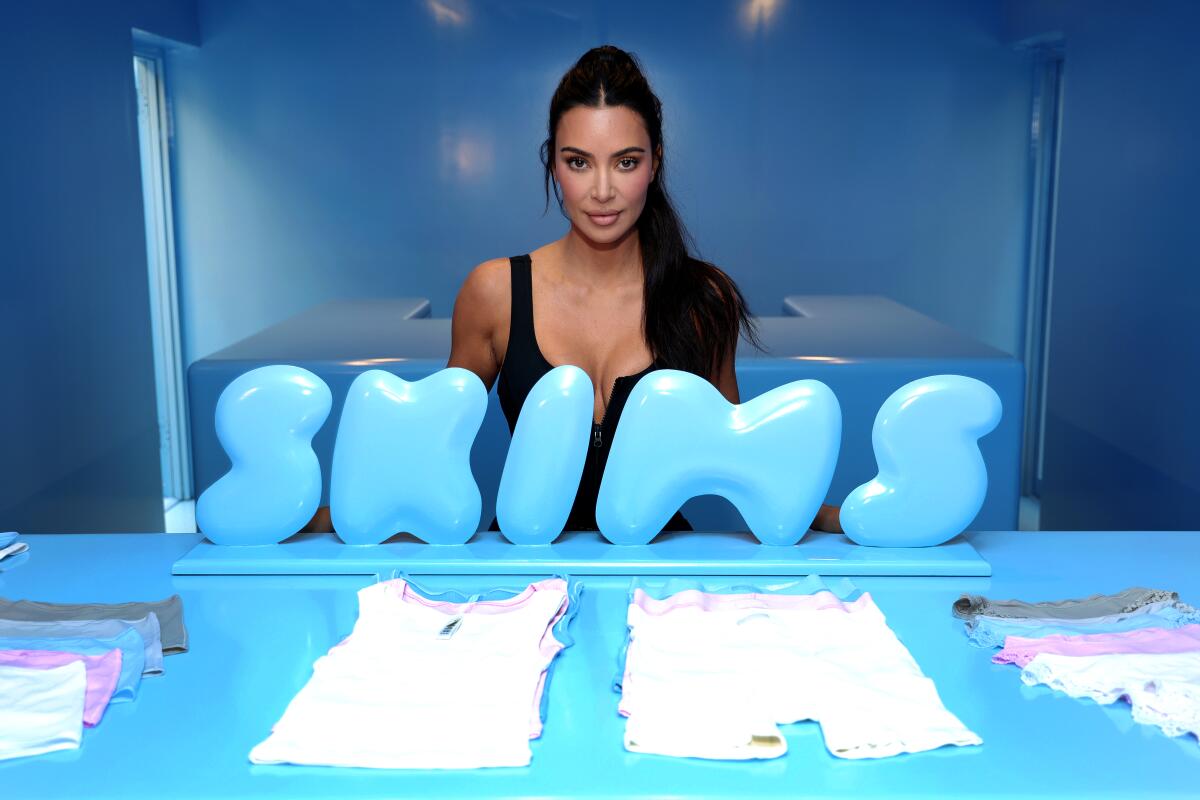
Kim Kardashian was already a successful celebrity businesswoman when she launched Skims five years ago.
But more often than not, she simply had attached her name to a string of existing companies: QuickTrim supplements, Carl’s Jr. salads, Skechers Shape-Ups, Sugar Factory confections, Midori liqueur, Silly Bandz bracelets, Beach Bunny swimwear, and so on.
“We did every product that you could imagine — from cupcake endorsements to a diet pill at the same time, to sneakers or things that I didn’t know enough about for them to be super-authentic to me,” the reality television star told The Times in 2019. “Like it all made sense a little bit, but it wasn’t my own brand.”
Skims, Kardashian’s homegrown apparel company built upon her famous curves and her love of body-cinching shapewear, was on brand — and, finally, her brand.
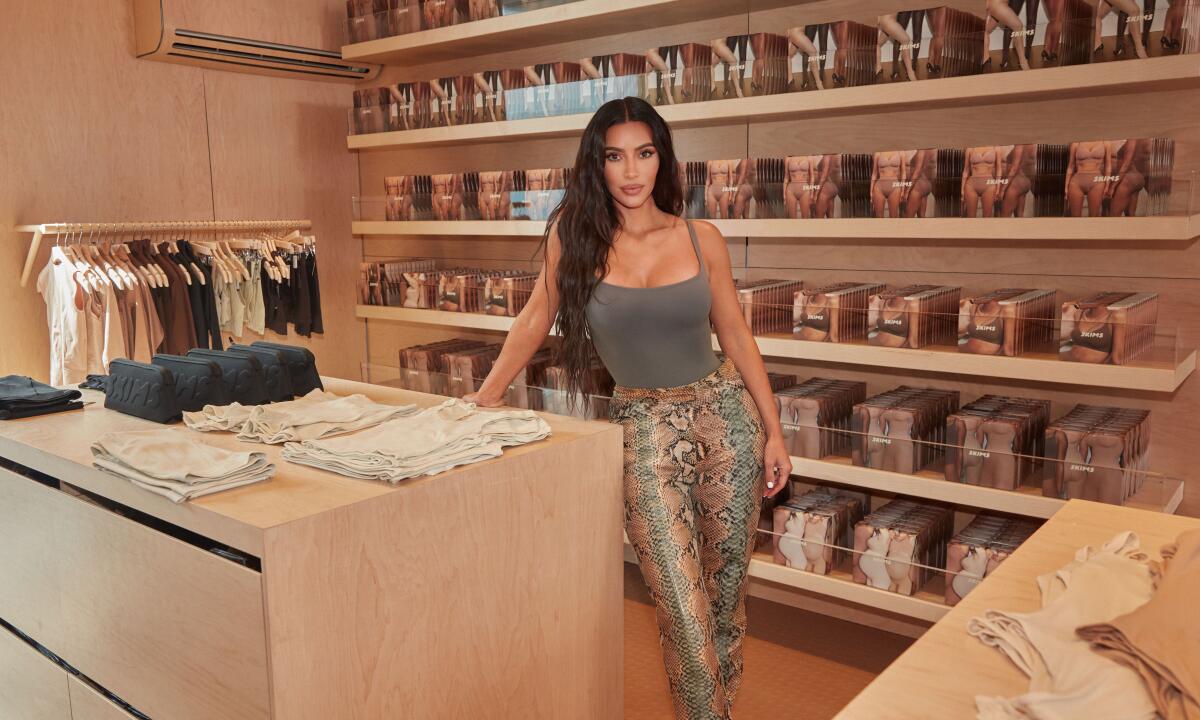
Its first years were marked by explosive growth. The start-up is now a retail juggernaut with around $1 billion in net sales and Kardashian has become a savvy entrepreneur with an eye for spotting and setting trends. Skims has made a huge dent in the shapewear market previously dominated by Spanx while adding several new categories to its merchandise mix.
This year Skims is aggressively moving into its next phase, one that will see the Hollywood company enter the competitive bricks-and-mortar space for the first time.
Underscoring Skims’ growth is the heightened interest the retailer is drawing from investors. Last year it raised $330 million in venture capital funding, ranking it second among companies in the greater L.A. area and the only retail brand in the top 10, according to a recent analysis by CB Insights.
That influx of cash was particularly notable given the tough investment climate locally: The region saw a steep decline in venture capital funding from 2021 to 2023, when the amount of investment dollars fell 74%, the analytics firm said.
Co-founded by Kardashian, who is chief creative officer, and Jens Grede, the company’s chief executive, Skims pulled in nearly $1 billion in net sales last year, according to Bloomberg, roughly double its 2022 total.
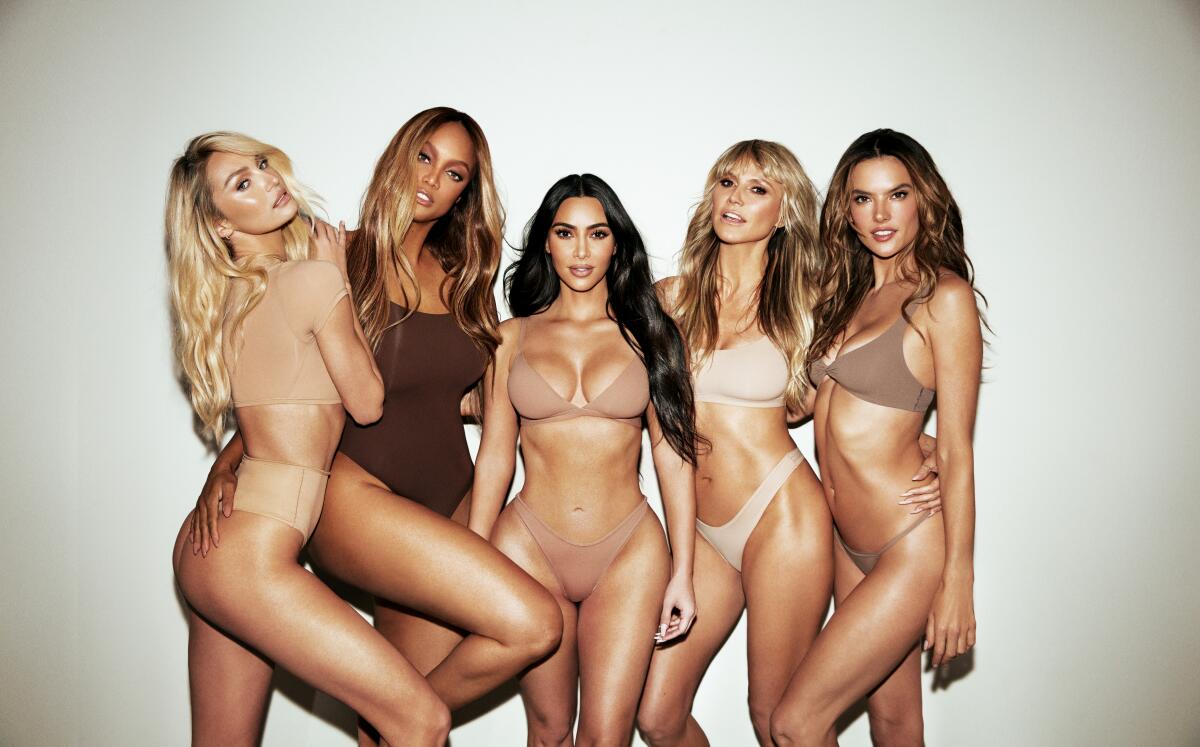
The company is reportedly eyeing an initial public offering this year. Kardashian and Grede declined to comment.
What began as a collection of undergarments designed to give women a more flattering, contoured silhouette has swelled into a comprehensive apparel giant: There’s underwear, bras, swimwear, dresses, tees and tanks, loungewear and pajamas. Inclusive sexy-meets-cozy clothing is the hook, with merchandise available in a wide range of sizes and skin tones.
In October, Skims launched a menswear line and became the official underwear partner of the NBA, WNBA and USA Basketball. It sells some accessories and clothing for kids, and this year will open bricks-and-mortar stores in several cities including a flagship location in Los Angeles.
“Skims has evolved into becoming a brand that can provide comfort for all audiences, not just for women,” Kardashian, 43, said when announcing the menswear line.
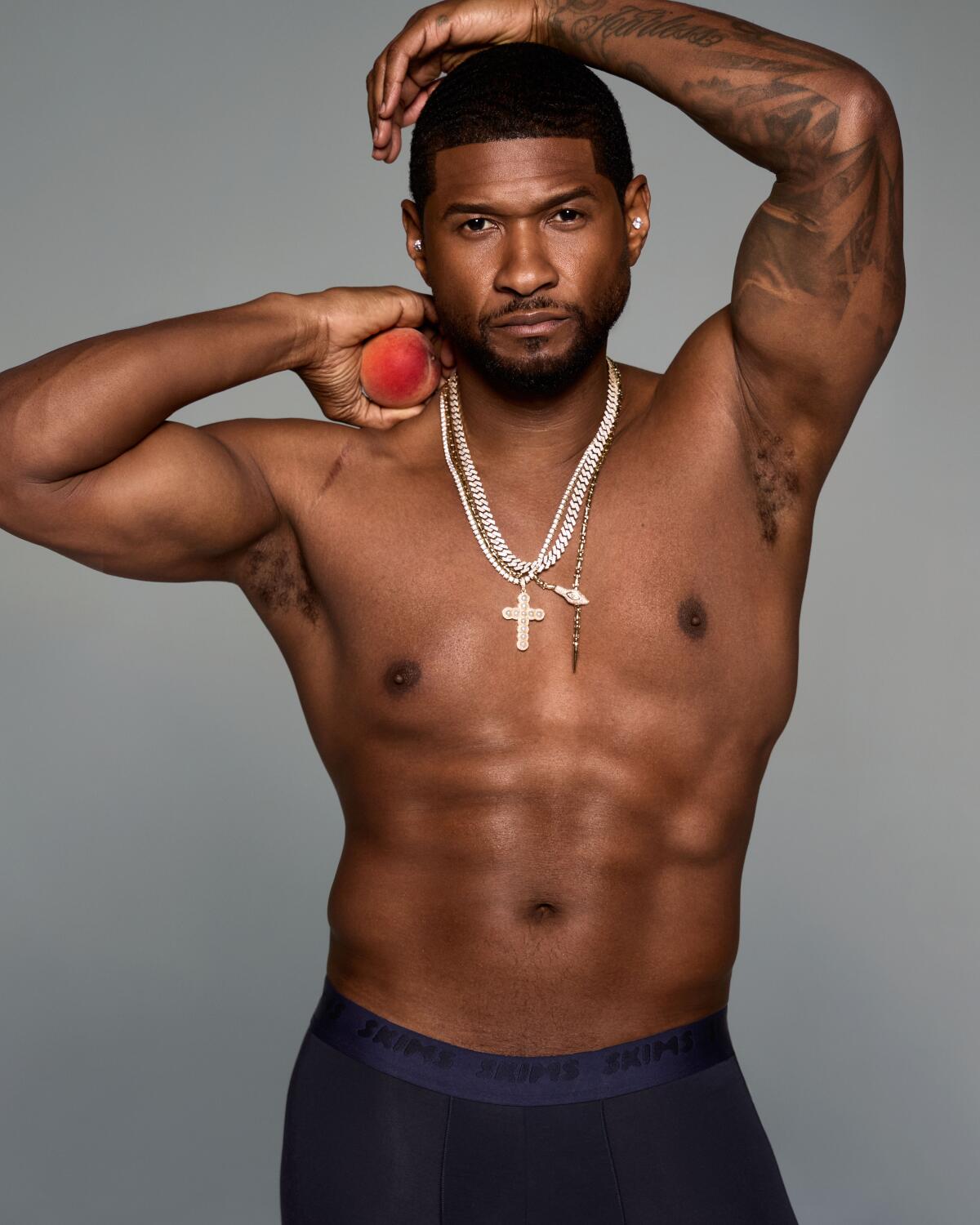
The company’s swift rise was undoubtedly fueled in part by Kardashian’s name and marketing prowess. She models the latest collections herself, posting glossy professional photos and casual at-home closet videos to her millions of social media followers, and has tapped her A-list friends to star in Skims ad campaigns including Lana Del Rey, Kate Moss, SZA, Cardi B, Sabrina Carpenter, Usher and Patrick Mahomes.
“Kim Kardashian’s visibility, I think, gives them a big leg up on marketing,” said Alex Lee, research editor at CB Insights, which compiled its data by analyzing companies in Los Angeles, Orange, Ventura, San Bernardino and Riverside counties.
But more than that, Lee said, Skims “is a really interesting example of the confluence of celebrity with technology and consumer trends.”
The rise of athleisure — stylish athletic clothing that can be worn at the gym or as everyday wear — was a game-changer in retail, said Simeon Siegel, managing director at BMO Capital Markets, who follows companies including Victoria’s Secret and Lululemon.
“That notion of comfort stretched to every possible category of apparel,” he said. “What we saw was a race among companies to figure out how to apply what Lulu revolutionized. Shapewear was a very logical category to go after with the new advancements in technology,” which includes improved fabrics and better fits.
Skims at first sold its products online only through its website before expanding to retailers including Nordstrom and Saks Fifth Avenue and hosting occasional pop-ups. Its foray into physical stores “marks the second chapter” for the company, Grede said in an interview with Bloomberg last year, and its ambitions are high.
Kim and I can envision a future where years from today there’s a Skims store anywhere in the world you’d find an Apple store or a Nike store.
— Jens Grede, Skims co-founder and CEO
In the fourth quarter, Skims is scheduled to open a 5,000-square-foot store on the Sunset Strip in West Hollywood. The company also plans to open stores in other U.S. cities and then target major international markets.
“Kim and I can envision a future where years from today there’s a Skims store anywhere in the world you’d find an Apple store or a Nike store,” Grede said.
Skims was most recently valued at $4 billion after a funding round last summer, a valuation that propelled Kardashian to sixth on Forbes’ list of the World’s Celebrity Billionaires 2024 with an estimated net worth of $1.7 billion.
“No one has cashed in on reality star fame more than Kim Kardashian, who has become a billionaire from her beauty and clothing brands,” the magazine said.
More to Read
Inside the business of entertainment
The Wide Shot brings you news, analysis and insights on everything from streaming wars to production — and what it all means for the future.
You may occasionally receive promotional content from the Los Angeles Times.
